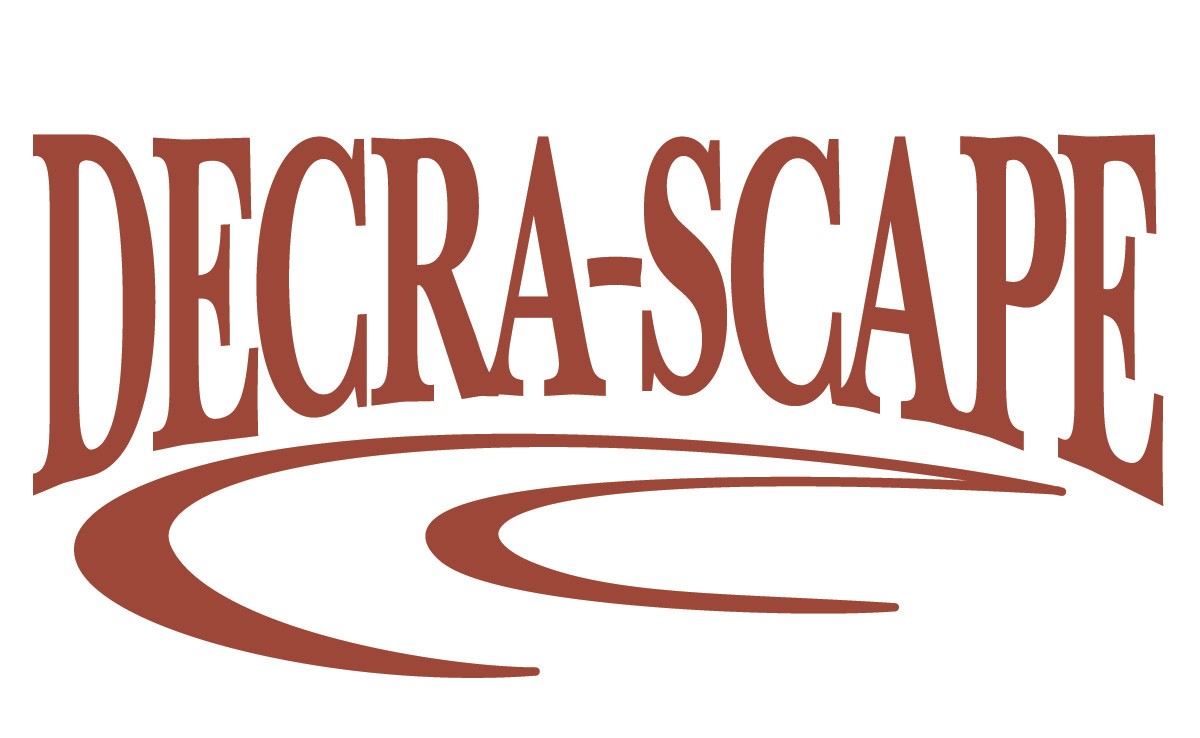As the year wraps up, we’re reflecting on an incredible year of outdoor-living insights, ideas, and inspiration shared on our blog throughout 2024.
From paver patterns to outdoor kitchens, here’s a curated look at our top posts, organized by topic. Our hope is that this will be a helpful resource for you to use as you make your outdoor spaces the best they can be.
Outdoor Kitchens and Grilling Spaces
Transform your backyard into an entertainer's paradise with these posts:
6 BBQ Storage Solutions for a Tidy and Organized Outdoor Grilling Space
7 Stylish and Durable Outdoor Bar Countertop Ideas
Create a Home Beyond the Walls: The Perfect Outdoor Kitchen
7 Simple Outdoor Kitchen Ideas for Ultimate Entertaining & Leisure
Quartzite Vs. Granite for Outdoor Kitchen Countertops
Pavers and Hardscaping
Make the most of your outdoor surfaces with our expert advice:
How Interlocking Pavers Protect Surfaces During Freeze-Thaw Cycles
Cobblestone vs. Pavers: Which is the Right Choice for Your Project?
Brick Patterns for Walkways: 11 Options to Elevate Your Outdoor Spaces
The Paver Palette: The Most Popular Brick Paver Colors
Best Paver Patterns for Curved Walkways
The Perfect Cobblestone Alternative
Fireplaces and Firewood
Cozy up outdoors with these fire-focused ideas:
Firewood Storage Tips for Outdoor Fireplaces
The Ultimate Guide to Outdoor Fireplaces
Drainage and Retaining Walls
Keep your hardscapes sturdy and your spaces dry:
Why PVC is the Right Choice for Drainage: A Professional’s Perspective
Guide to Segmental Retaining Walls
Outdoor Living Tips
Enhance every corner of your property with these tips:
Exploring Patio Surface Alternatives for Your Outdoor Space
Enhancing Your Outdoor Space with Roofed Shelters
7 Outdoor-Living Tips from Michigan Designers
Ideas to Transform Your Side Yard into a Patio, Retreat, or Play Space
Landscaping and Maintenance
Keep your outdoor spaces beautiful and functional for many years to come:
How to Clean a Stone Walkway: 9 Tips to Maintain Beauty and Durability
Freeze-Thaw Resilience: Choosing the Right Materials & Maintenance for Michigan Winters
How to Make a Sloped Backyard Usable
High-End Design Ideas
Create an elegant space with these premium tips:
Incorporating Water Features in Your Commerce Twp, MI Landscape Design
8 High-End Backyard Designs & Ideas
We hope you’ve enjoyed following our blog this year and found inspiration for your outdoor projects. Stay tuned for more in 2025, as we continue to bring you the best in hardscaping and outdoor living.
For more inspiration, check out our gallery of our work, read more on the Decra-Scape blog, or catch up with us on Instagram.



